Fordlandia: how automaker Henry Ford built a “city of happiness” in the jungle
Building an ideal society is an idea that has occupied the minds of people for many centuries. One of those who sought to make the world a better place was the famous American entrepreneur Henry Ford. He was an amazing person who always carefully thought through all his moves and achieved success in everything. But his Fordlandia project failed, like all other utopias in history.
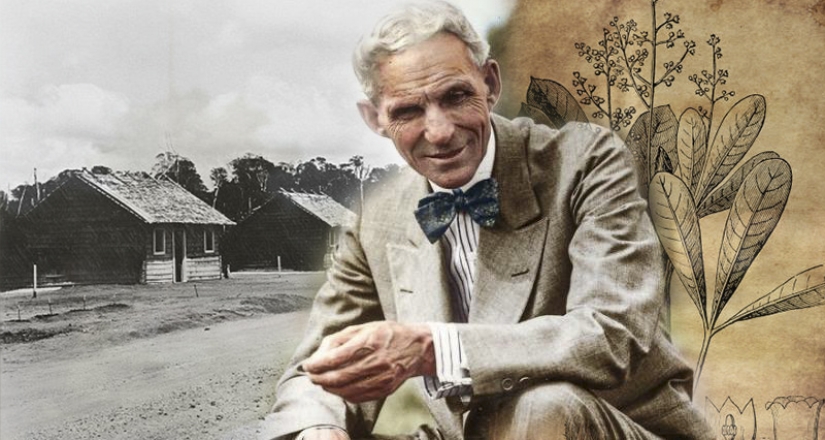
It is known that the Henry Ford company was the largest automobile manufacturer at the beginning of the 20th century. Its factories practiced a full production cycle, that is, all parts and materials were produced within the company. With the exception of one important product - rubber, without which it was impossible to make either car tires or hoses.
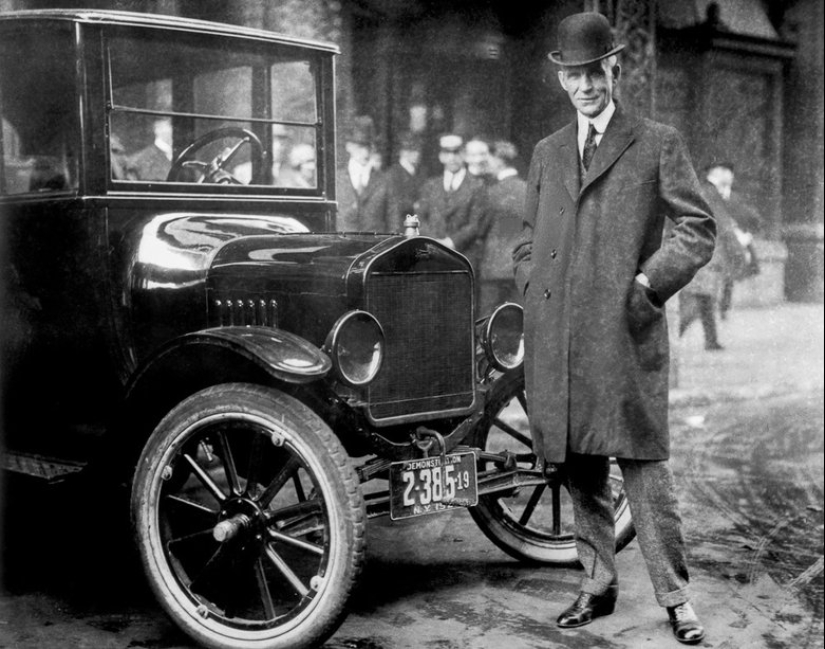
In the 1920s there was no synthetic rubber yet, so rubber was in great demand. Only almost all of it was produced by Great Britain, in whose colonies the Hevea grew - a tree whose sap was the main component of rubber. The British, taking advantage of their monopoly on the world market, dictated prices for tires, which automakers could not do without.
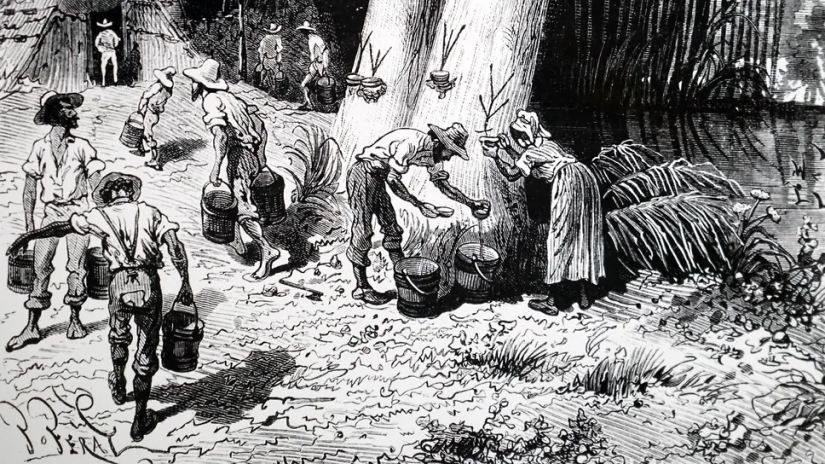
Hevea once grew exclusively in South America. This allowed the countries of this continent, including Brazil, to survive the “rubber fever” in the 19th century. The center of the fishery was the Brazilian city of Manaus, located in the Amazon jungle. It quickly turned into a major industrial center, where people from all over the world flocked to work.
But then the cunning British managed to acclimatize Hevea in their colonies in Africa and Asia. The British rubber plantations deprived Brazil of its status as a rubber country. A big role in this was played by the fact that on other continents rubber trees were not threatened by their main enemy - the parasitic fungus microcyclus. This is the main enemy of the rubber industry, destroying thousands of valuable trees.
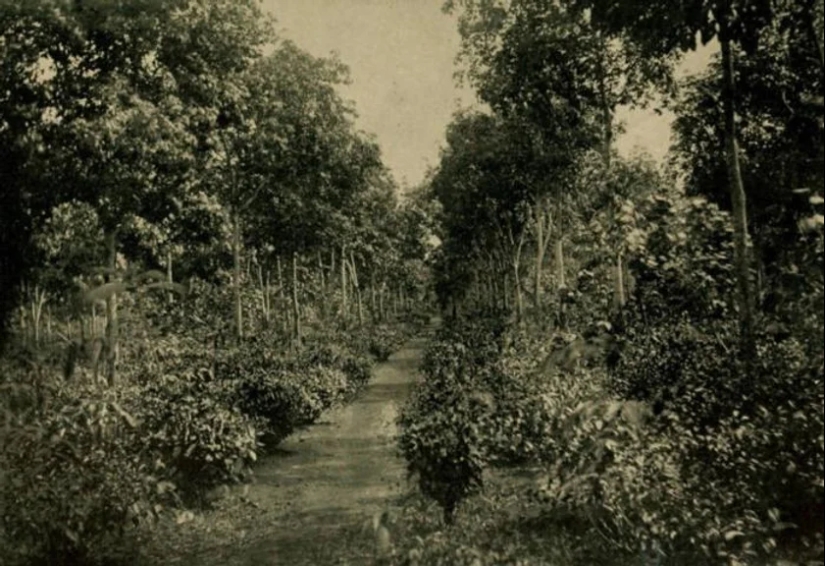
Microcyclus interfered with the creation of plantations in Brazil. For plants growing in forests at a considerable distance from each other, it did not pose a serious danger. But on plantations it spread with lightning speed. Therefore, it was much better to grow Hevea plants in large quantities in Africa and Asia. This is how Britain became a rubber monopolist. This dealt a serious blow to the Brazilian economy, and many cities and towns began to die out.
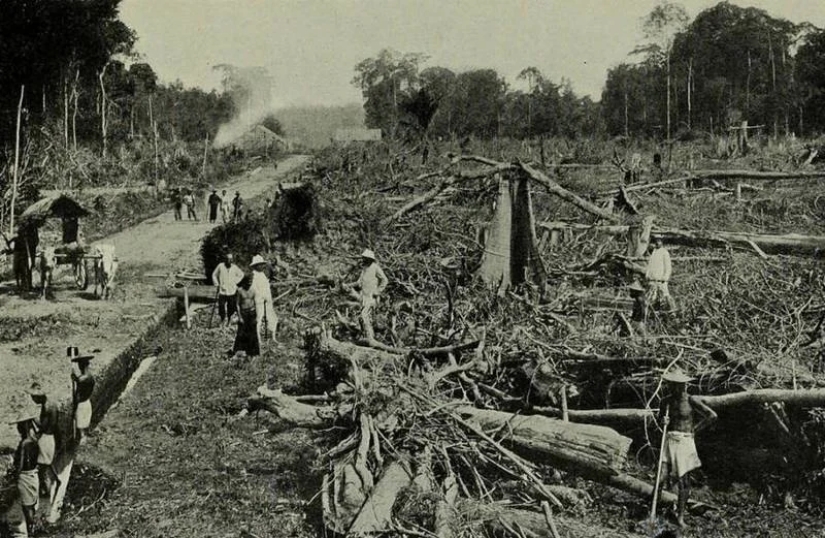
Henry Ford did not like the fact that his business depended on prices dictated by the British. Therefore, he decided to revive the rubber industry in Brazil. At the same time, many of the businessman’s contemporaries were sure that rubber was only one of the reasons that aroused Ford’s interest in the South American jungle. The industrialist dreamed of building an ideal dream city that would live by his rules.
In 1926, Henry Ford bought 14 thousand square kilometers of impenetrable jungle from the Brazilian government. There, on the banks of the Tapajos River, one of the countless tributaries of the Amazon, he founded the city. The businessman named it modestly, after himself, Fordlandia. Work was in full swing in the damp forests. But construction proceeded slowly due to the specifics of the area.

Fordlandia was completely isolated from the world. Neither roads nor railways led to it. The only transport arteries connecting the city with the civilized world were Indian trails and the Tapajos River. But delivering materials and equipment by water was also not easy. The fact is that the river became navigable only during the rainy seasons.
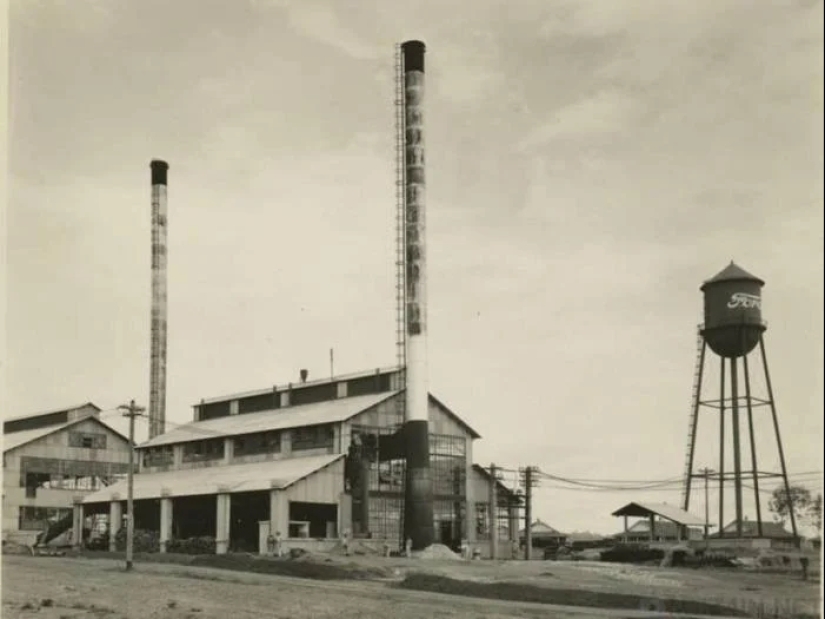
Despite exceptionally efficient management and generous financial influences, construction was barely moving. Managers were changed one after another, but this did not affect the result. Ford was not going to back down and continued to invest in his dream. As a result, Fordlandia was finally built. It resembled a typical American provincial town, with a hospital, school, church and cute one-story houses.

Soon, residents, mostly Brazilians, appeared in the new settlement, and an enterprise for collecting and processing rubber began to operate. Everything looked exactly as Ford had imagined. Neat houses, clean streets, neat women and children at Sunday church service. But the car tycoon didn't take something into account. There was no entertainment in Fordlandia.
Henry Ford, when planning the city, relied on his own view of life. It is known that the businessman was a moralist and a teetotaler, so there were no drinking establishments, brothels, or gambling houses in Fordlandia. In a word, everything that was so dear to the heart of a simple Brazilian man. For leisure, residents were offered church, poetry evenings at the club, ballroom dancing and classical music concerts.
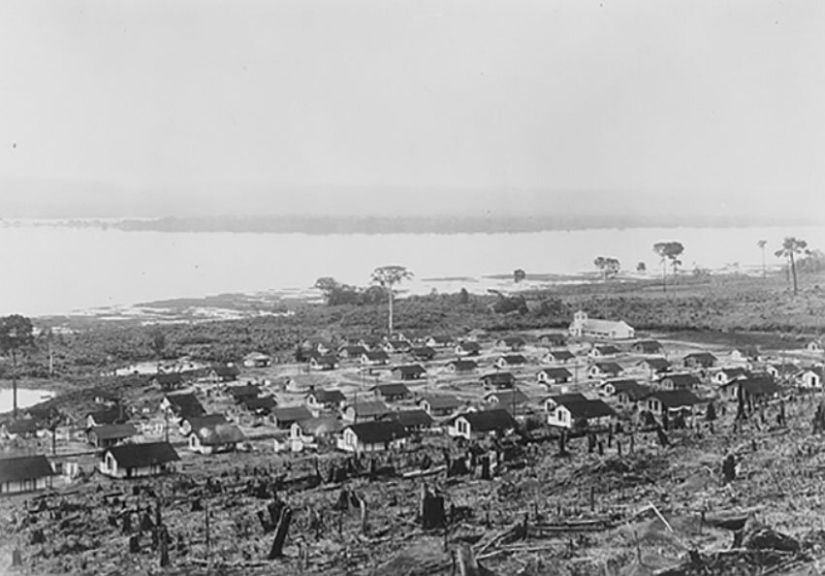
Very soon, not far from the “ideal city”, another one appeared - a hot one. All kinds of entertainment establishments were located there, in which Ford workers willingly spent the money they earned. There were other problems, for example, the local daily routine was unusual. They were supposed to work from 9 am to 5 pm with a break for lunch. The foremen strictly monitored compliance with the rules. One could not even dream of a lunch siesta, traditional for these places.
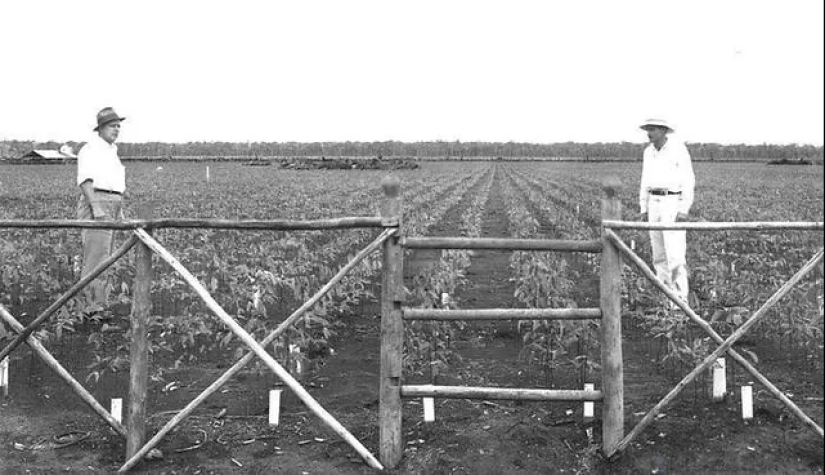
And the residents of the working-class city did not like the food organized according to American standards. Brazilians could not get used to burgers, pizza and other fast food. All these factors negatively affected the mood in the city. Despite the fact that Ford paid very good wages, the residents of Fordlandia often rebelled. Once they were so divided that the Brazilian army had to be brought in to pacify the rebellion.
But this is not what led to the collapse of the ambitious project of the great entrepreneur. Fordlandia turned out to be simply unprofitable in terms of rubber production. The location chosen for the plantations was not suitable for growing rubber trees. The soil was sandy and very dry, and what was difficult to grow was destroyed by the ill-fated microcyclus.
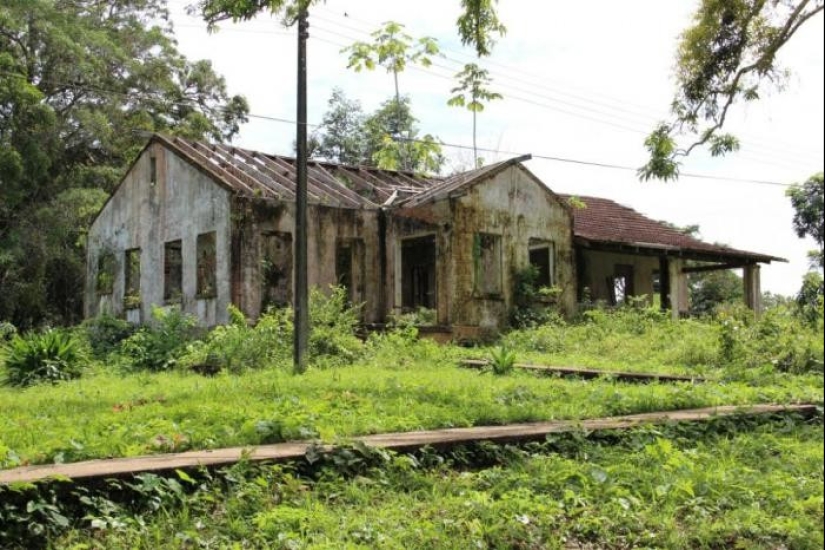
Despite all the efforts of Ford and his partners, the project had to be canceled in 1934. At that time, 20 million dollars or 200 million in modern equivalent were invested in it. After production stopped, Fordlandia began to empty out. In 1945, the businessman's grandson sold the city for next to nothing. By that time, out of 10 thousand inhabitants, no more than a hundred remained.
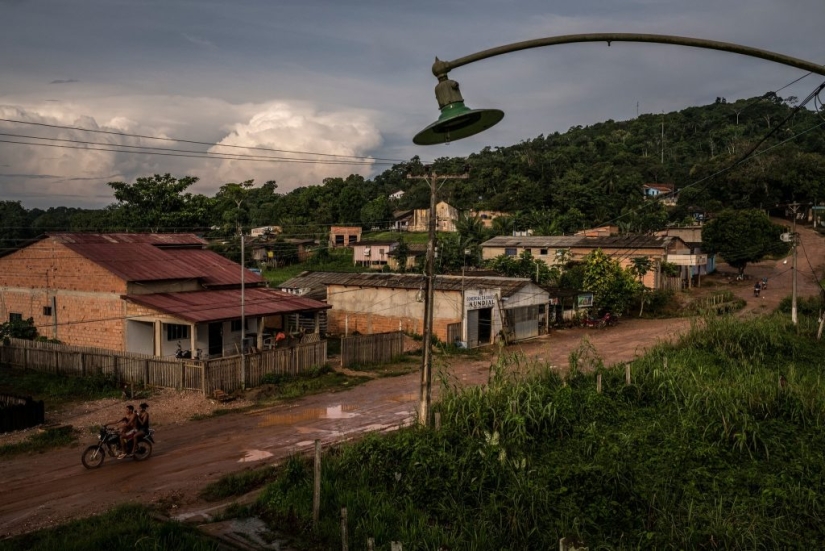
For a long time, Fordlandia was one of the many ghost towns. But these days it has begun to gradually revive. Now about 3 thousand residents live there permanently. They do not have normal work, and their living conditions are far from comfortable. But accommodation in the former rubber capital of Brazil is free, and the atmosphere is pleasant and relaxing.
Recent articles

Most of us think that the color of the eggshell does not play any role and it is possible not to pay attention. But it's not and ...

The more we rely on technology, the more potential power hackers gain over us. It doesn't matter if their goal is to help or cause ...

Creating a good portrait is one of the most difficult tasks for any photographer. In order to make a really natural and memorable ...